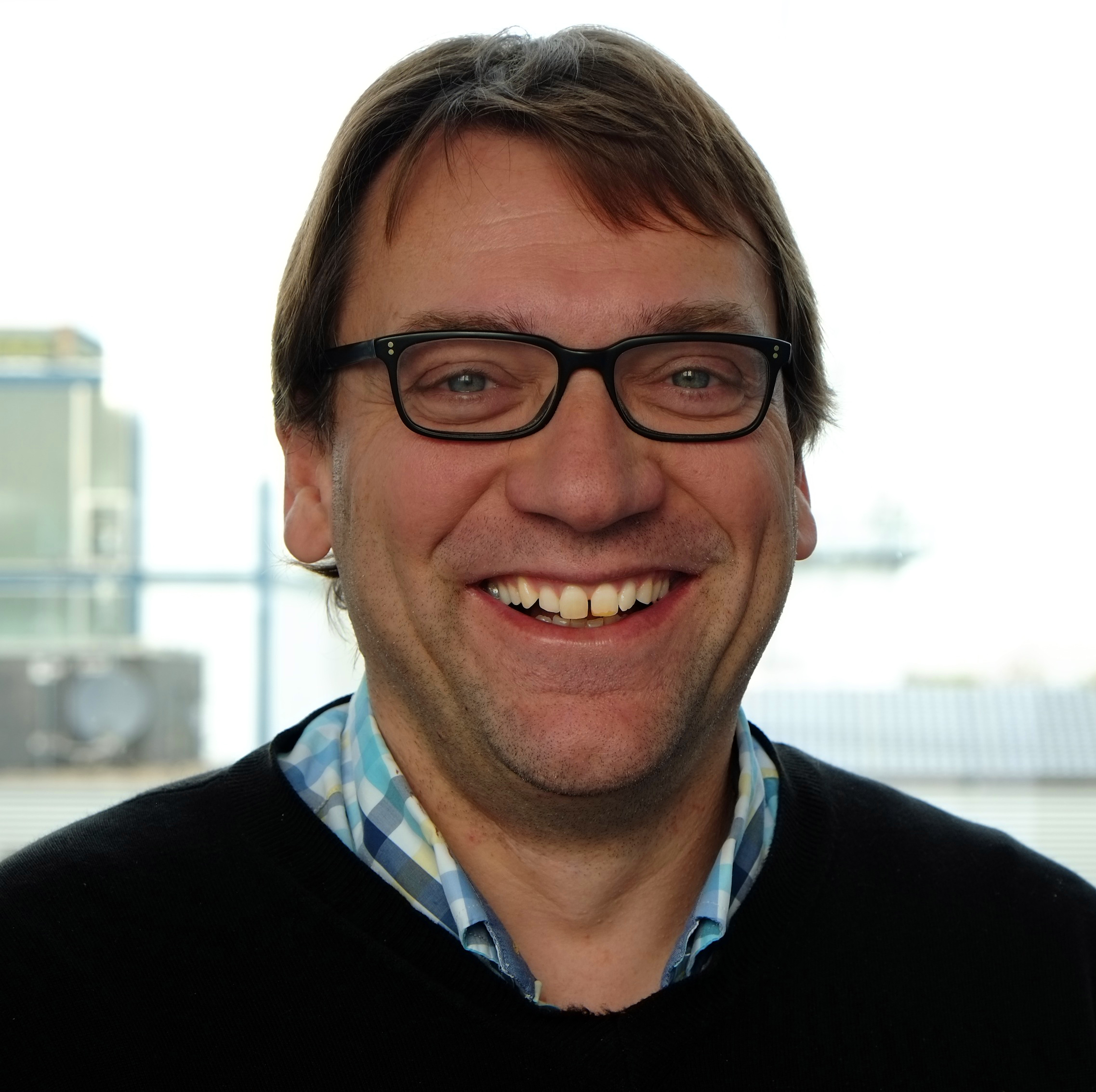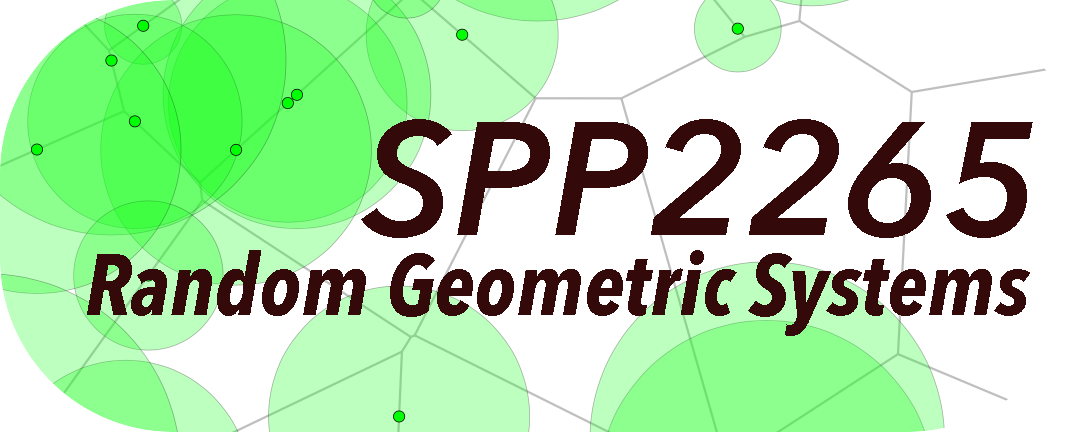Condensation in random geometric graphs
Description Phase 2
Description Phase 1
Preprints/Publications
Emmanuel Jacob, Céline Kerriou, Amitai Linker, Peter Mörters: Crossing probabilities in geometric inhomogeneous random graphs (09/2025)
Anna Brandenberger, Serte Donderwinkel, Céline Kerriou, Gábor Lugosi, Rivka Mitchell: Temporal connectivity of Random Geometric Graphs (02/2025)
Peter Gracar, Marilyn Korfhage, Peter Mörters: Robustness in the Poisson Boolean model with convex grains (10/2024)
Emmanuel Jacob, Amitai Linker, Peter Mörters: Metastability of the contact process on slowly evolving scale-free networks (07/2024)
Remco van der Hofstad, Pim van der Hoorn, Céline Kerriou, Neeladri Maitra, Peter Mörters: Condensation in scale-free geometric graphs with excess edges (05/2024)
John Fernley, Peter Mörters, Marcel Ortgiese: The Contact Process on a Graph Adapting to the Infection (12/2023) published
Jakob E. Björnberg, Cécile Mailler, Peter Mörters, Daniel Ueltschi: A two-table theorem for a disordered Chinese restaurant process (03/2023) published
Peter Gracar, Arne Grauer: The contact process on scale-free geometric random graphs (08/2022)
Céline Kerriou, Peter Mörters: The fewest-big-jumps principle and an application to random graphs (06/2022) published
Emmanuel Jacob, Amitai Linker, Peter Mörters: The contact process on dynamical scale-free networks (06/2022) published
Peter Gracar, Arne Grauer, Peter Mörters: Chemical distance in geometric random graphs with long edges and scale-free degree distribution. (08/2021) published
Peter Gracar, Markus Heydenreich, Christian Mönch, Peter Mörters: Transience Versus Recurrence for Scale-Free Spatial Networks (09/2020) published
Peter Gracar, Lukas Lüchtrath, Peter Mörters: Percolation phase transition in weight-dependent random connection models. (03/2020) published
Peter Gracar, Markus Heydenreich, Christian Mönch, Peter Mörters: Recurrence vs transience for weight-dependent random connection models. (11/2019) published
Members
-

Prof. Dr. Peter Mörters
Universität zu Köln
Principal Investigator -

M. Sc. Céline Kerriou
Universität zu Köln
Associated Scientist -

Dr. Lukas Luechtrath
Weierstrass Institute
Associated Scientist -

M. Sc. Oskar Merle
Universität zu Köln
Associated Scientist -

M. Sc. Lucas Schätze
Universität zu Köln
Associated Scientist -

M. Sc. Nick Schleicher
Universität zu Köln
Associated Scientist

